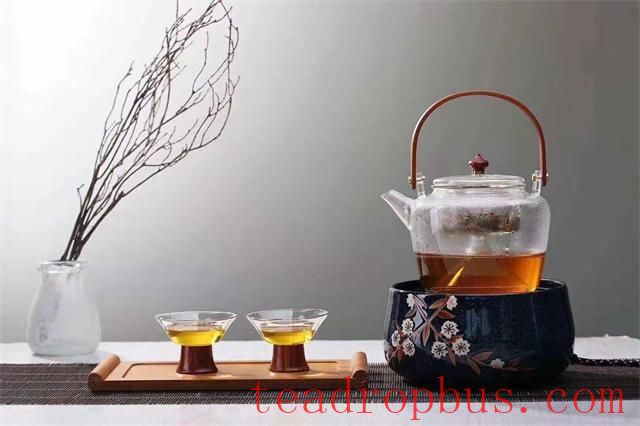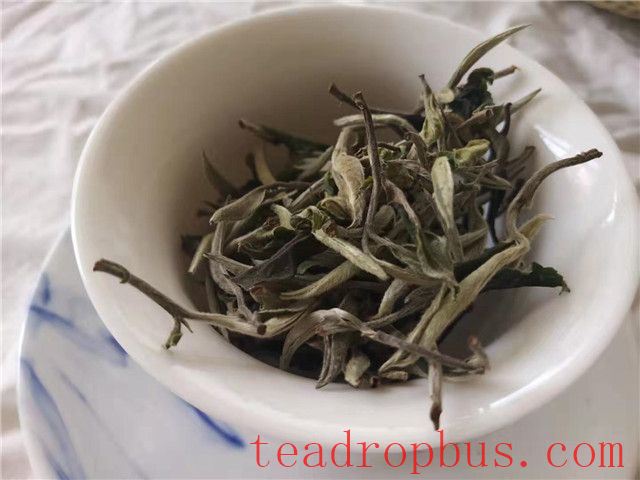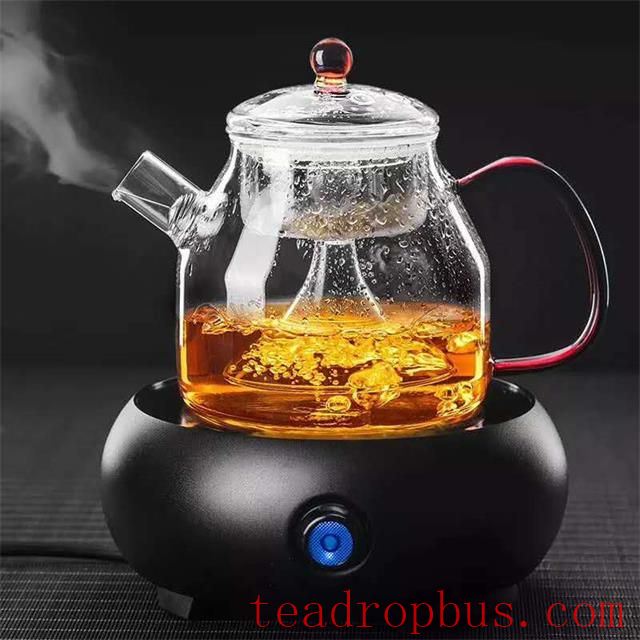White Tea should be boiled for consumption. As the only type of Tea among the six major categories that is neither stir-fried nor kneaded, its production process is simple and natural. Consequently, a majority of the tea's flavor components are preserved, imparting characteristics such as freshness and a sweet fragrance. Boiling the tea can fully release its aroma and taste. Moreover, with the passage of time, aged white tea becomes rich in content and mellow, and boiling enhances the smoothness and refreshing quality of the brew.

Should White Tea Be Boiled or Steeped?
New white tea is suitable for Steeping, while aged white tea is better suited for boiling. New white tea is made from tender leaves that undergo withering and drying processes, preserving abundant internal substances that are more effectively released through steeping, allowing one to enjoy its fresh and mellow qualities. On the other hand, aged white tea, having undergone maturation over time, possesses richer internal substances, and boiling allows for a fuller release of flavors and aromas.
For new white tea, steeping is the best choice:
New white tea is produced using large-hair and large-white tea leaves, without fermentation, and naturally withered and dried, preserving a large amount of the internal substances in the tea. Only when steeping can one control the brewing time of the white tea, and it is necessary to pour out the tea quickly. This method releases the aroma and flavor, whereas boiling new white tea would cause an excessive release of bitter substances, overshadowing the fresh sweetness and floral aroma.

For aged white tea, boiling is more appropriate:
Firstly, to truly appreciate the character and taste of aged white tea, boiling is the preferred method. Aged white tea has very high internal content and value. Boiling brings out the aged aroma and internal substances, ensuring no waste and maximizing the Health benefits. Secondly, boiling aged white tea results in a soft, sweet taste that is entirely different from steeping, offering a unique tea-drinking experience. Additionally, boiling aged white tea is more convenient than steeping, making it a lazy person's method. Whether in winter or summer, by controlling the water temperature and boiling time, you can simply wait to enjoy a pot of aged tea.
Steeping Before Boiling
After drinking five or six infusions of 5g of tea, place the leaves in a clay pot and boil them. Put the used tea leaves into the pot, add seven-tenths of water, and boil them on a stove. After boiling slowly for one minute, the tea is ready to drink. The tea brewed this way is thicker and has a bright red color with a glutinous aroma.

Boiling Tea Precautions:
1. Second Water Addition
When boiling tea, the second addition of water should be hot water to avoid sudden temperature changes. Adding water around 85°C is generally suitable, resulting in a better tasting tea.
2. Residual Infusion
Do not completely empty the pot after each serving; instead, leave some tea liquid and add more water before boiling again. Once the tea has boiled, it can continue to simmer over charcoal fire, improving the taste further.
Advantages of Boiling White Tea
First: Boiling releases the essence. Boiling white tea can extract the deepest components of the tea, allowing them to take effect.
Second: When boiled, white tea produces a smoother, softer, sweeter, fuller, and rounder brew.
Third: Boiling white tea highlights its health benefits even more.